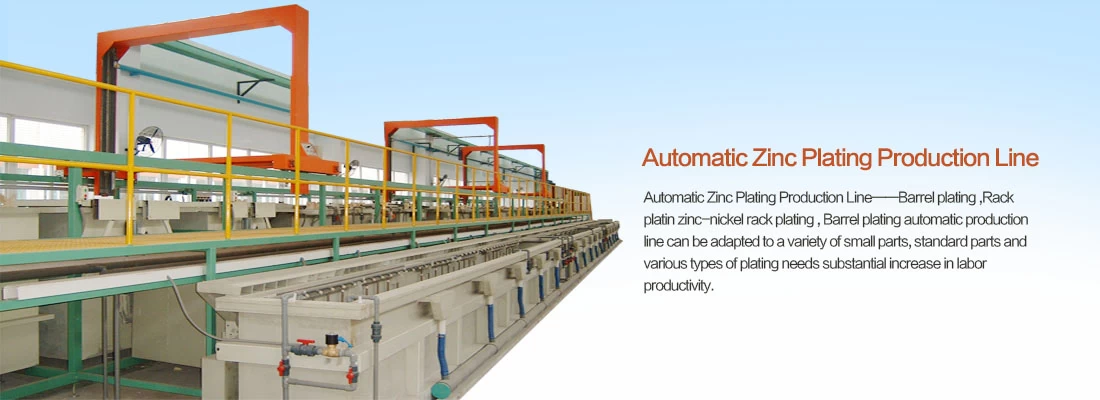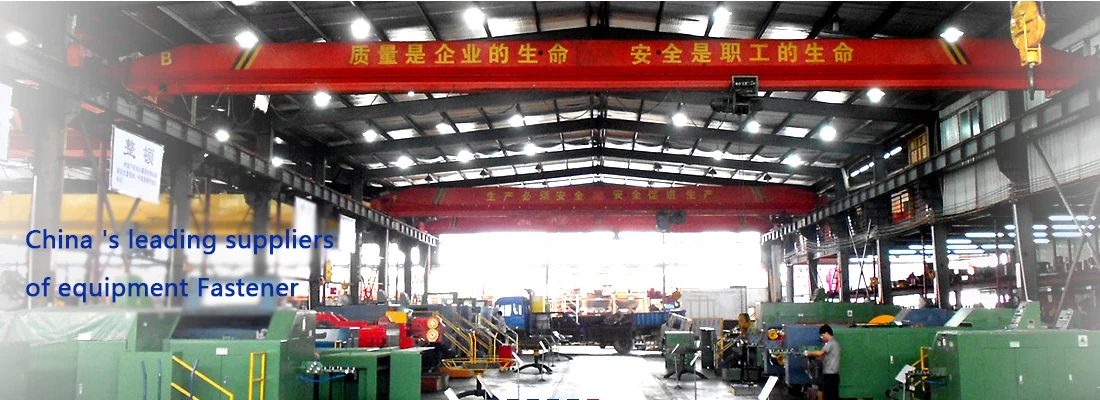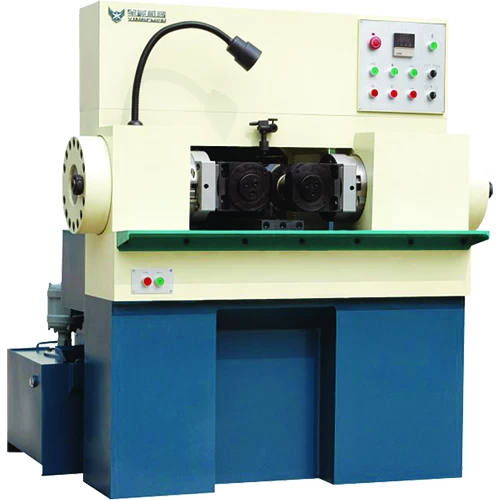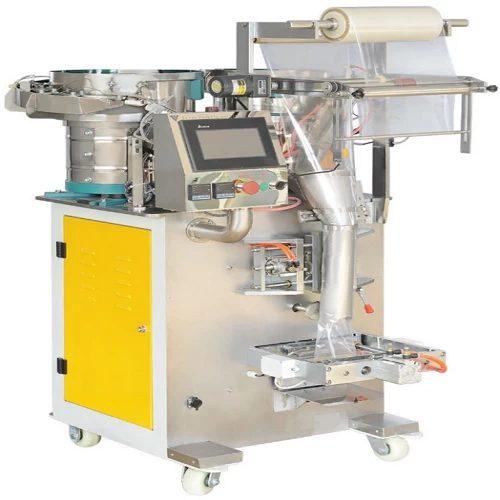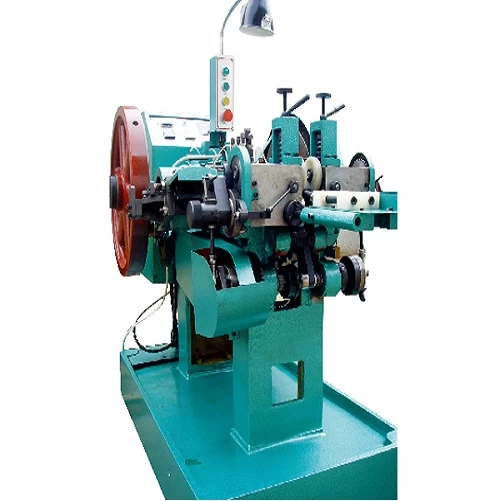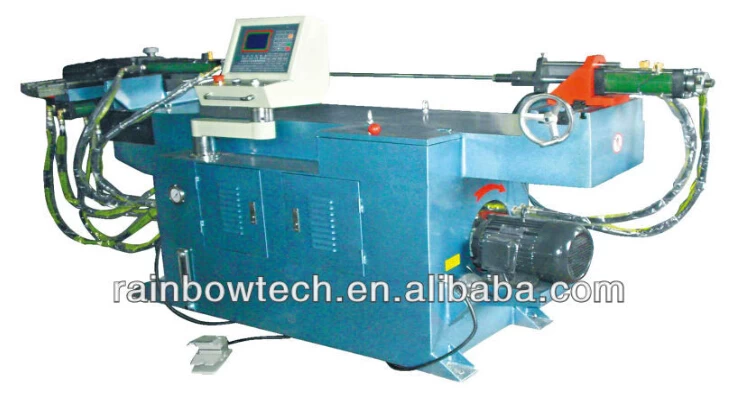The difference between a lock nut and a locknut
The main difference between lock nuts and locknuts is their design principles and usage scenarios
A lock nut is a nut that holds the bolt in place and prevents it from loosening, and is often used in equipment that needs to be kept tight for long periods of time or disassembled frequently. Lock nuts can perform their function by different locking methods, such as using lock washers, spring blades, or lock rings. These methods help lock nuts remain stable in the event of vibration or loosening, with a firm locking bolt, suitability to a wide range of environmental and climatic conditions, and ease of use
A locknut is a nut that is used to prevent the bolt from loosening on its own under vibration or vibration conditions. It mainly prevents loosening by increasing the friction between nuts and bolts, and is suitable for occasions that require anti-vibration and anti-loosening. When the locknut is tightened, the thread linearity of the top of the bolt tightly enters the wedge-shaped bevel of the nut, resulting in a large normal force, so as to have a better anti-loosening effect
In the application scenario, lock nuts are suitable for equipment that needs to be disassembled frequently, while lock nuts are more suitable for high vibration conditions and can provide a more stable connection



